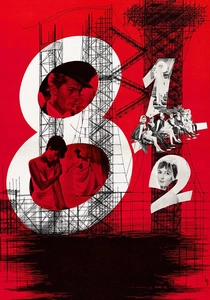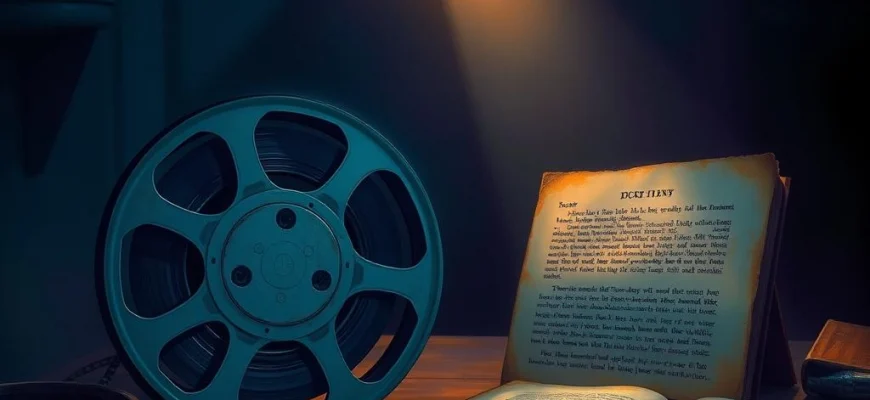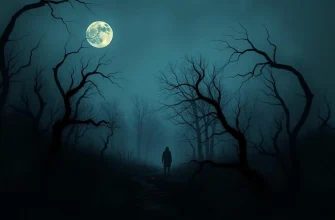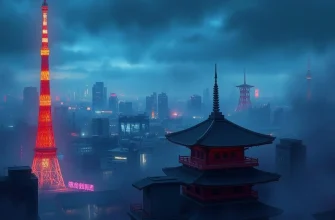1968年に公開された『テオレマ』は、神秘的なストーリーと哲学的テーマで知られる映画です。この記事では、『テオレマ』の独特な世界観やテーマに共鳴する10本の映画やドラマを紹介します。深いメッセージ性や芸術性を求める方にぴったりの作品を厳選しました。

The Seventh Seal (1957)
説明: Existential themes and philosophical questioning are central, with a protagonist engaging in deep, metaphysical dialogues. The visual style is stark and symbolic, often using high-contrast black-and-white cinematography to enhance its allegorical nature.
事実: The iconic scene of the knight playing chess with Death has become one of the most referenced images in cinema history. The film was shot on location in Sweden, using natural landscapes to create its haunting atmosphere.
 視聴する
視聴する

Last Year at Marienbad (1961)
説明: Features a nonlinear narrative that challenges the viewer's perception of time and memory. The elegant, baroque setting contrasts with the unsettling ambiguity of the story, creating a dreamlike atmosphere.
事実: The film's script was written in the form of a poem. Its distinctive visual style, with long tracking shots through opulent corridors, has been widely imitated but never duplicated.
 視聴する
視聴する

8½ (1963)
説明: A deeply introspective narrative that blurs the lines between reality and fantasy, exploring the creative process and personal crisis. The film employs surreal and dreamlike sequences to convey its protagonist's inner turmoil.
事実: The title refers to the number of films the director had made up to that point (7 features and 2 shorts). The film's structure inspired numerous later works about artistic struggle and self-reflection.
 視聴する
視聴する

Blow-Up (1966)
説明: Explores themes of perception and reality through a protagonist who becomes obsessed with uncovering hidden truths in photographs. The narrative deliberately leaves key questions unanswered, creating an atmosphere of existential uncertainty.
事実: The famous silent tennis match scene was entirely improvised during filming. The movie was one of the first major films to depict the 1960s London mod scene authentically.
 視聴する
視聴する

The Conformist (1970)
説明: A psychological study of a man's attempt to erase his individuality and blend into fascist society. The visual composition uses geometric patterns and dramatic shadows to reflect the protagonist's inner conflict and the political climate.
事実: The film's distinctive color palette was achieved by using a special film stock that exaggerated certain hues. Many of the interior sets were designed to appear oppressively symmetrical.
 視聴する
視聴する

The Spirit of the Beehive (1973)
説明: A child's perspective on post-war trauma and imagination, where reality and fantasy intertwine. The cinematography creates a haunting, poetic atmosphere through careful use of natural light and sparse landscapes.
事実: The film was made during the final years of Franco's dictatorship and contains subtle political commentary. It was shot in the same small village where the director spent part of his childhood.
 視聴する
視聴する

Wings of Desire (1987)
説明: A poetic meditation on human existence, seen through the perspective of invisible observers. The film alternates between monochrome and color cinematography to distinguish between spiritual and earthly realms.
事実: Many scenes were improvised with real people in Berlin locations rather than professional actors. The film's contemplative tone was achieved through extensive use of internal monologues.
 視聴する
視聴する

Persona (1966)
説明: A psychological exploration of identity and human connection, presented through intense close-ups and minimal dialogue. The film breaks conventional narrative structures to create a deeply personal and unsettling experience.
事実: The famous shot of merging faces was achieved by melting the film stock itself. At just 83 minutes, it's one of the shortest films to have such a profound impact on cinema history.
 30日間無料
30日間無料

Solaris (1972)
説明: A sci-fi narrative that focuses on human psychology and memory rather than technology or action. The station's eerie silence and the planet's mysterious behavior create a contemplative atmosphere about the nature of consciousness.
事実: The zero-gravity scenes were filmed by rotating the entire set. The film's electronic score was created using experimental synthesizers and altered natural sounds.
 30日間無料
30日間無料

Stalker (1979)
説明: A philosophical journey through a mysterious zone that may grant visitors their deepest desires. The slow pacing and atmospheric cinematography create a meditative experience about human nature and existential questions.
事実: The film was shot twice because the original footage was ruined during processing. The Zone locations were actual abandoned industrial sites that gave the film its distinctive post-apocalyptic look.
 30日間無料
30日間無料









